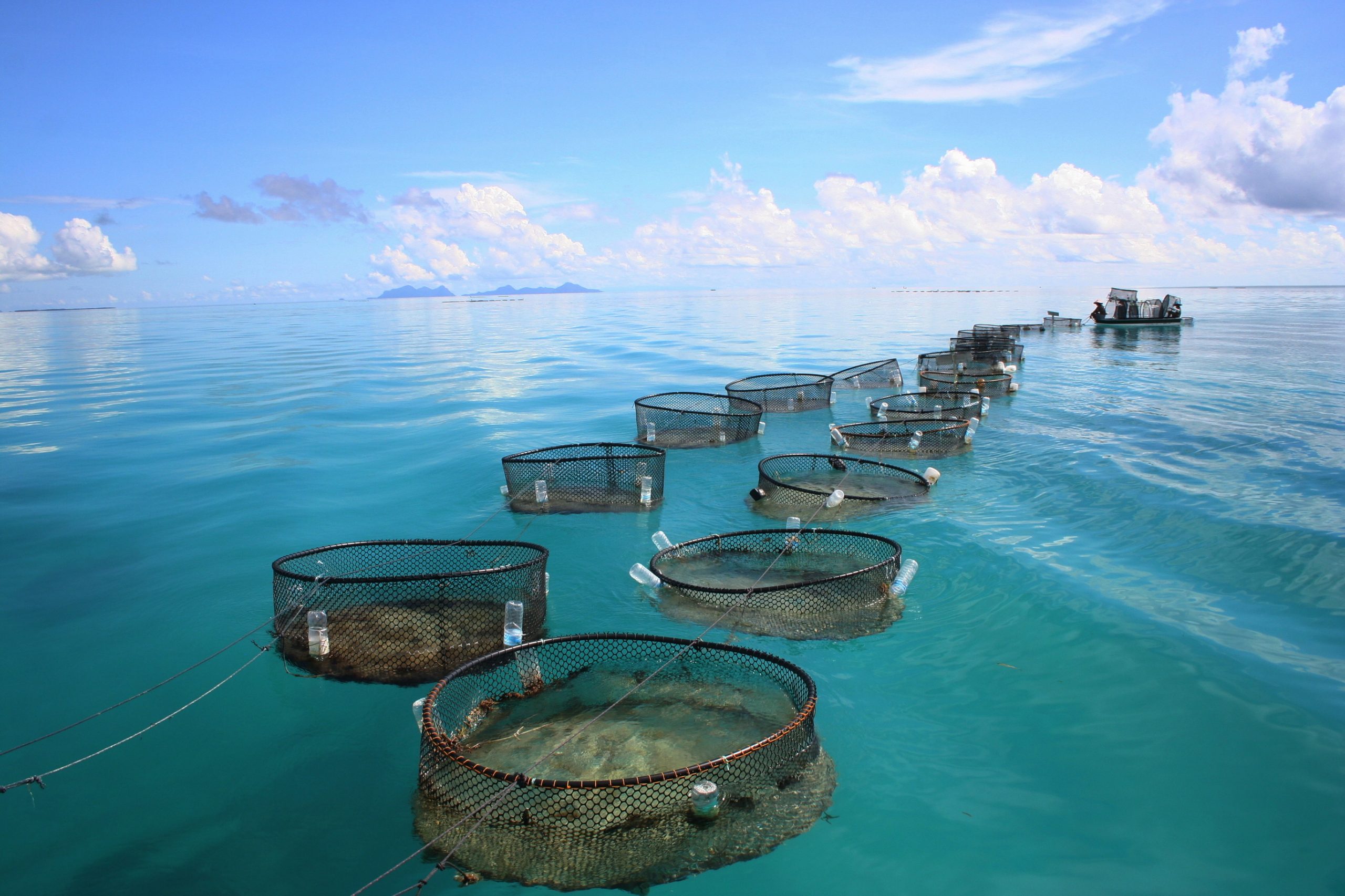Turning food byproducts into valuable fish feed

A US company is able to rapidly produce an animal protein from food byproducts. This protein can be used in fish diets.
The future of aquaculture is going to be constrained by the availability of animal based protein from several perspectives:
- First, the primary supply of protein from marine sources is becoming increasingly limited.
- Second, the current supply will also be constrained by changing environmental conditions that significantly impact the amount of protein that can be produced or harvested from the oceans. For example, the occurrence of El Niño influences the harvest of anchovies, which are a prime source of marine protein.
- Third, the growth in human population will increase the demand for dietary protein. This means that the price of feed will tend to escalate as well as be more volatile.
In order to facilitate the expansion of aquaculture, alternative sources of animal-based protein need to be developed that are not resource intensive and offer more stable pricing.
1 million tons of protein per year
In Raleigh, North Carolina, Integrated BioChem (IBC) announced that it is now able to rapidly produce an animal protein from food byproducts. The process is designed to locate next to food processing plants with large volumes of suitable byproducts that can be converted to protein. This would enable IBC to offer its customer’s long term fixed priced contracts for the protein produced. For example, sugar beet pulp is a byproduct of sugar production in northern Europe can be converted into approximately 1 million tons of protein per year.
A complete ecosystem
IBC’s patented process is called Managed Ecosystem Fermentation (MEF). The MEF process is the industrialisation of the first stomach of a ruminant animal where cellulose is converted by microbes into digestible protein. This protein contains multiple lipids including Omega 3, 6, and 9. The process is unique because it utilises an ecosystem of over 3,000 species of microbes. This enables the process to accept a varying feedstock material and operate at moderate temperatures. Using the byproduct methane generated by the MEF process to provide heat, the process energy requirements are minimised. Because it is a complete ecosystem, it is not as susceptible to the microbial phages as other bioprocesses. It can process approximately 1 ton of cellulose per cubic meter of fermentation per day. For most byproduct sources, the cycle time for the process is about 8 hours. The MEF process has been proven to be reliable over a wide ranges in operating conditions. It has a low capital requirement as it works with off-the-shelf plastic tanks and pipes versus stainless steel. The process is highly automated and requires minimal labour. The production cost on an industrial unit is expected to be less than $ 600 per ton of protein.
Complete amino acid profile
The protein produced is a fine powder that can be easily incorporated into the formulation process of a feed mill. The protein has less than 10% moisture content. The lipid content can be varied to meet the desired concentration of protein. Then the separated lipids can be returned to provide the desired feed mix. As it is extracted from the fermentation, the protein is similar to raw fish, having a complete amino acid profile. This is an animal based protein that can be used for salmonoids and other salt water species, with a higher calorie content than fishmeal. In order to compare MEF protein to fishmeal, an understanding of how fishmeal is produced is needed. In the production of fishmeal, most of the lipids are removed. This can be done using with MEF protein using the same process that is used in the production of soybean meal. The amount of lipids in the delivered protein can be controlled and adjusted before delivery to the feed mill. Whether the protein is used raw or denatured, it is prepared to be delivered in powered form (Table 1 and 2).
Dispose waste at a profit
Many food processing plants produce hundreds to thousands of tons of byproduct per day. The MEF technology offers the food industry a new way to dispose of these materials at a profit. Environmentally this means that a new source of animal feed grade protein is available without the need for additional land resources as it utilises material that has all ready been produced. It offers the aquaculture industry a sustainable and reliable supply of protein at stable prices. The MEF process has been developed to the pilot plant stage and is now moving to production. In the next year, IBC will begin talking to feed providers to the aquaculture industry.











